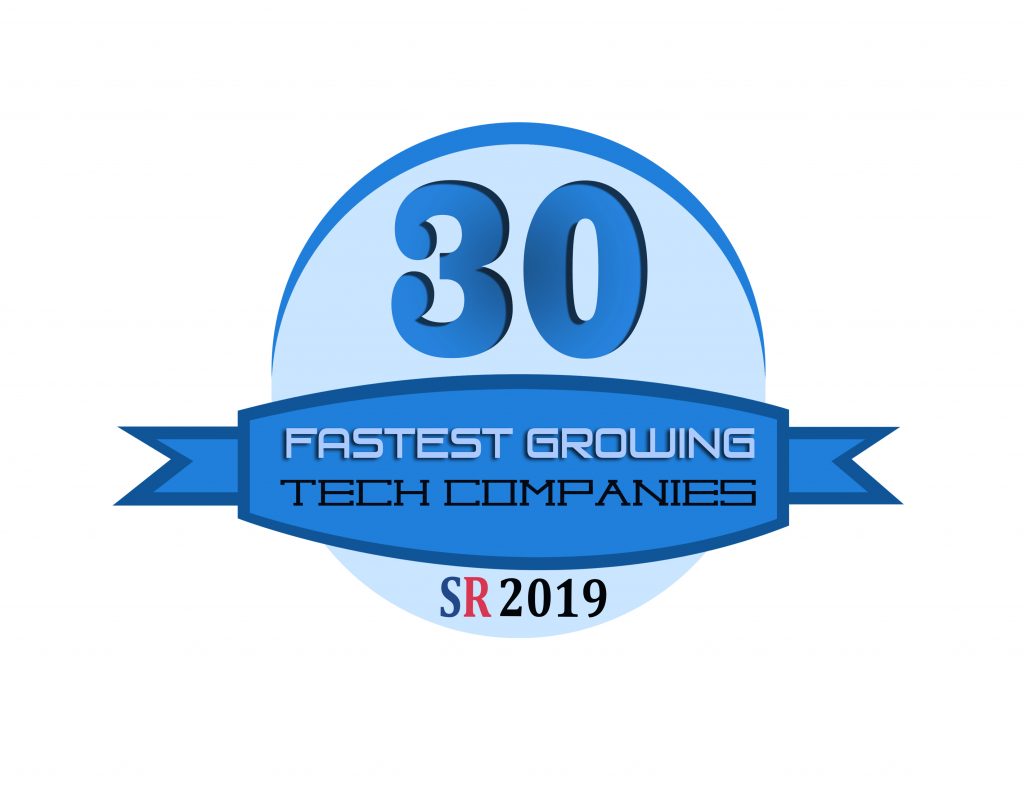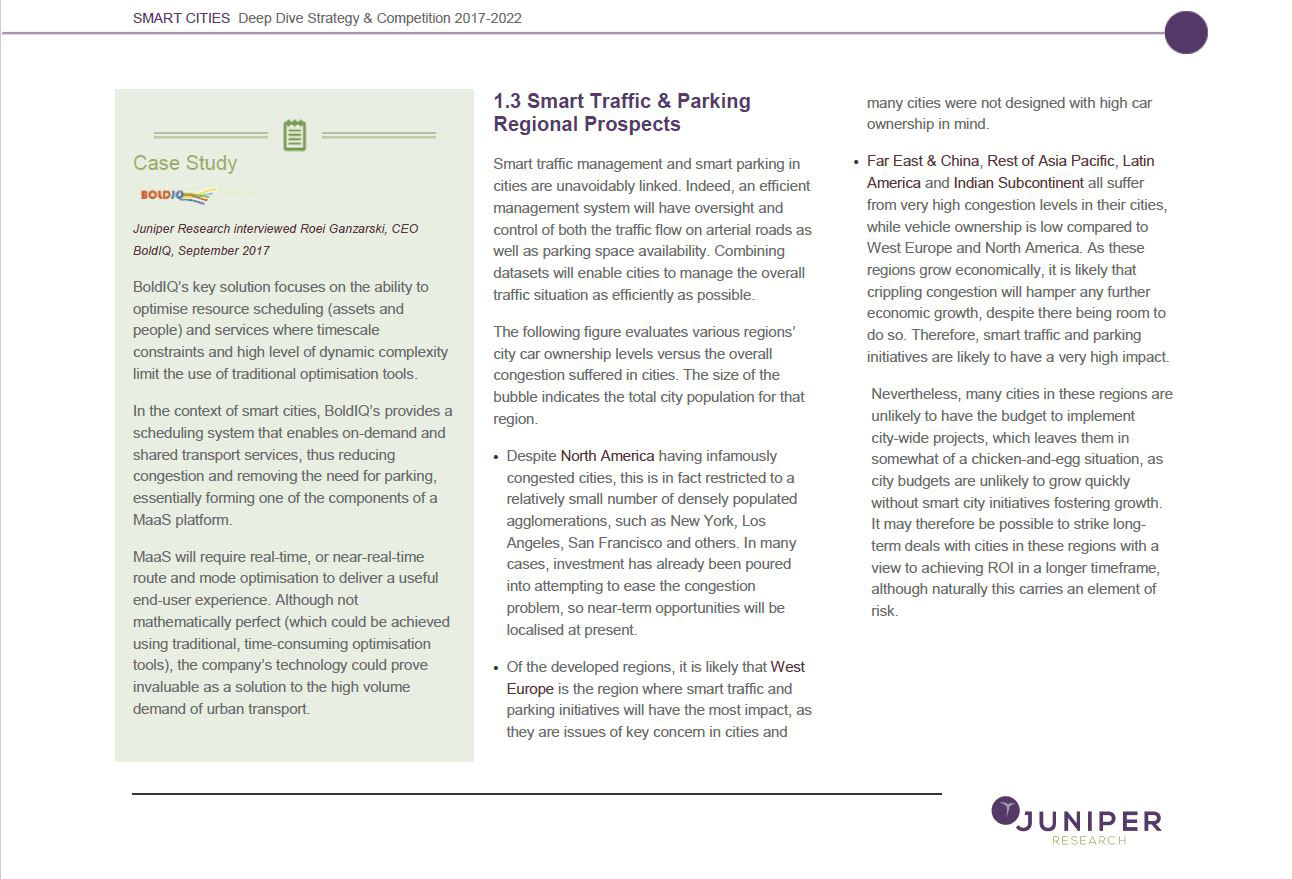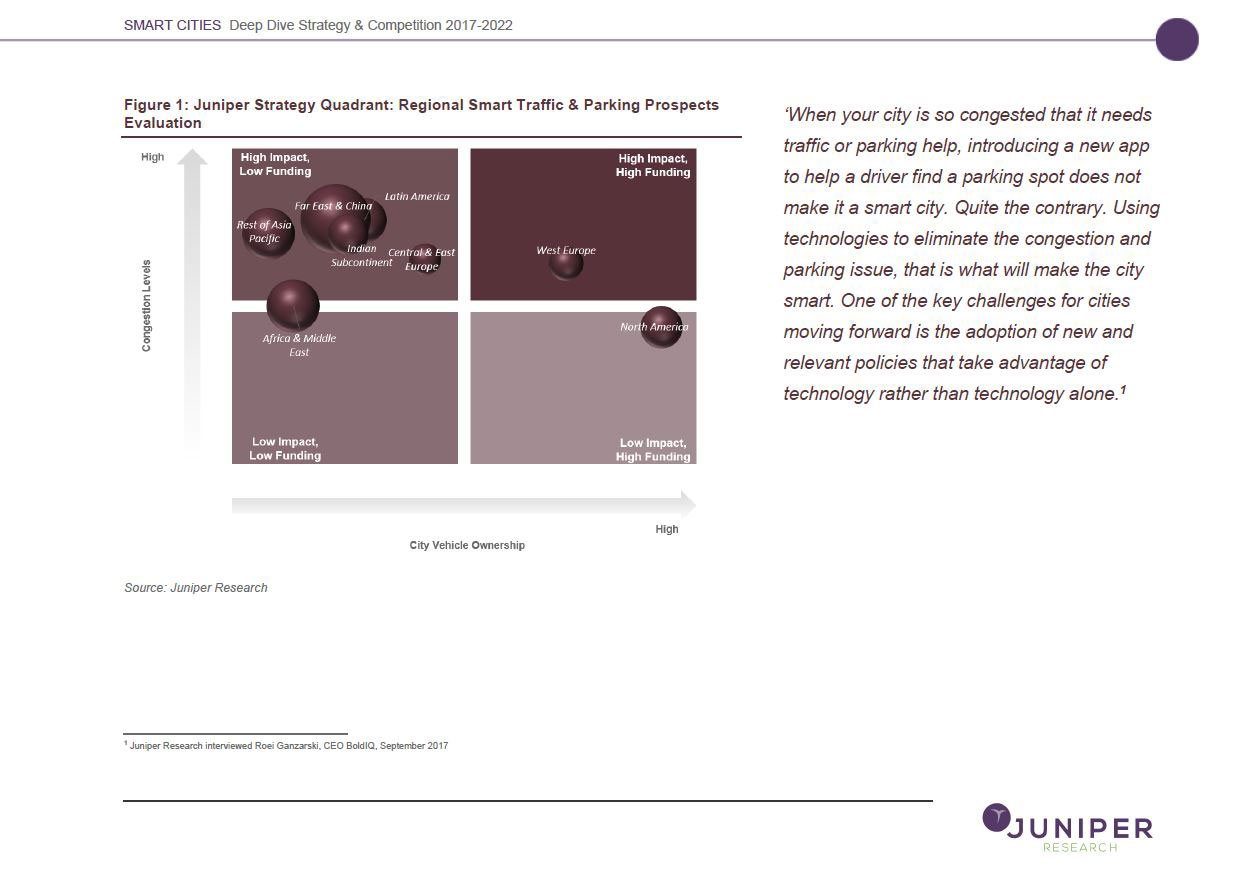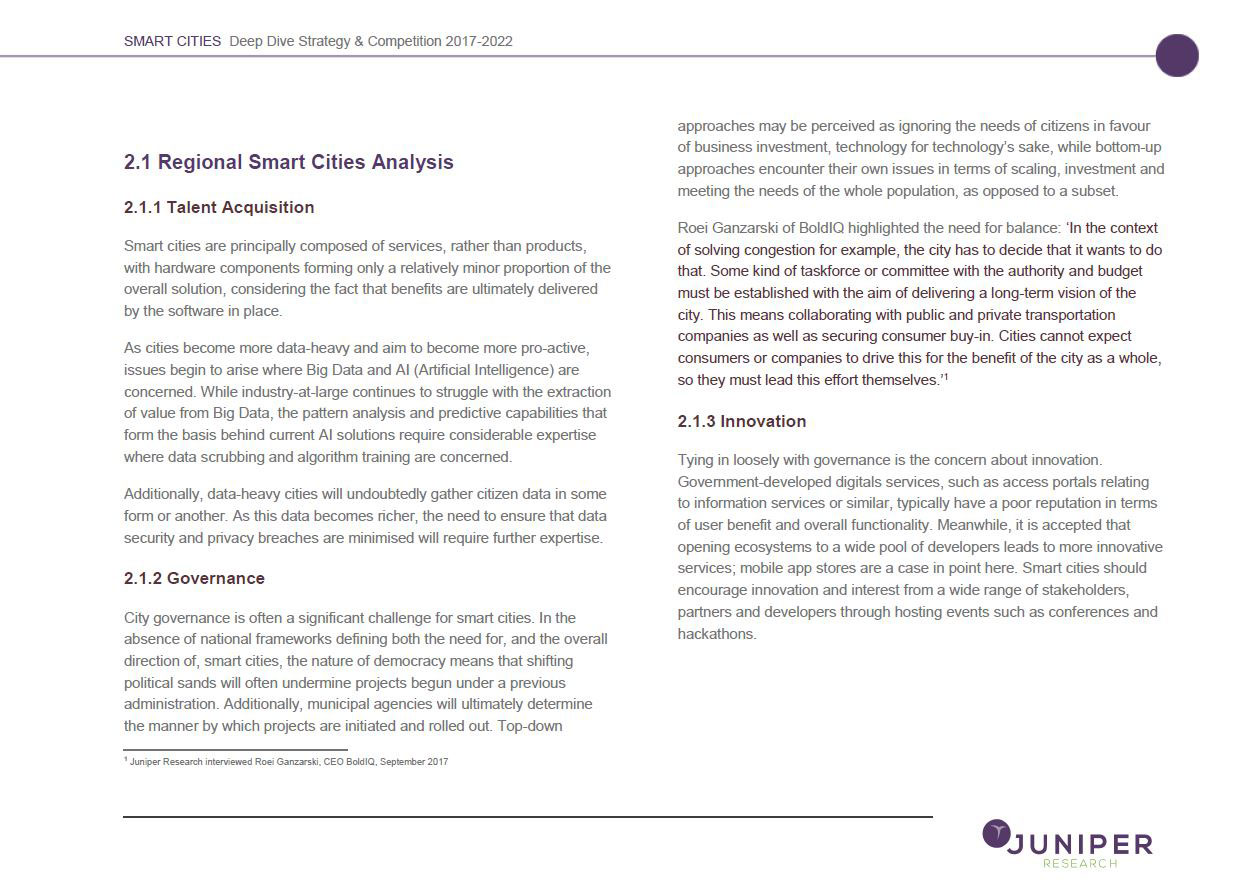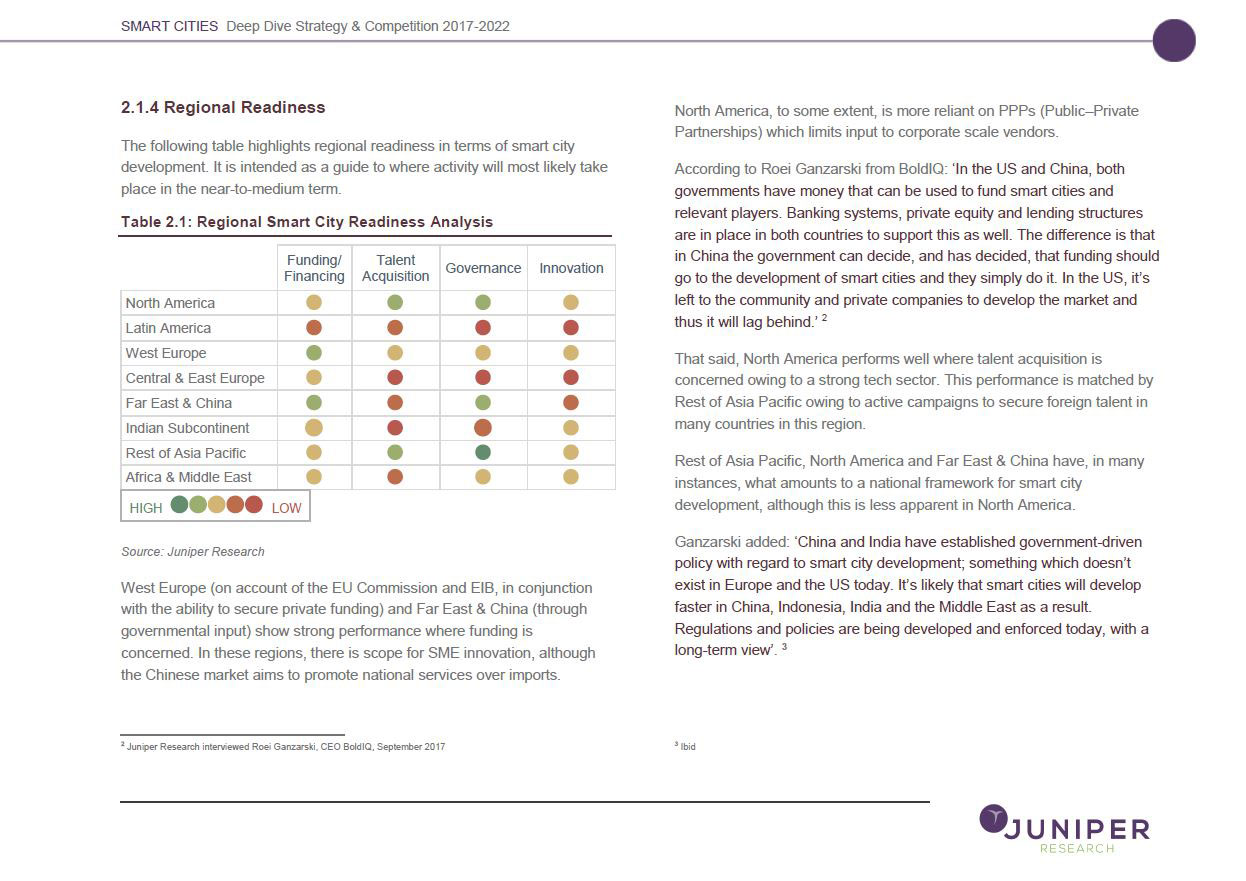October 21, 2019
In
Company News
Operations Research (OR) is a young science, going back only to WWII, when the kind of collaborative AI we use for advanced planning and scheduling today was the stuff of science fiction. And while BoldIQ’s own OR scientists Alex Khmelnitsky and Eugene Taits are not quite of that vintage, they clearly remember how they came to realize the potential of OR in an increasingly on-demand world.
“We came from totally different fields,” explains Alex, “We were working on image compression technology, and then compression for audio and video.”
“And before that, theoretical physics and applied mathematics, so we were kind of total amateurs in this field, which turned out to be a good thing,” Eugene interjects with a chuckle.
Just to be clear, these “amateurs”, both original members of the BoldIQ team, are PhDs: Alex from the Moscow Institute of Physics and Technology, and Eugene from the Belarusian State Technological University.
“But seriously, we think this gave us a fresh viewpoint on the problems as we started working on jet service optimization,” Alex continues, “From the very beginning OR was actually dedicated to optimizing scheduling and resource assignments. In fact, some of the very early computers were tasked with maximizing utilization problems, although it wasn’t yet ingrained in business thinking.”
“This was mostly in the planning stages, for static processes,” Eugene adds, “For instance, modeling a full supply chain. But computers were too slow, and there was no way to supply the necessary data to support real time decision making.”
And despite infinite advances in processing power, bandwidth and an abundance of data, they are still surprised at times by what they discover when it comes to business planning and scheduling.
“Even in the 21st century, there are big companies that are still scheduling in a highly manual way, using spreadsheets,” remarks Eugene, “and this is not suited very well to a schedule that changes fairly often due to disruptions.”
Alex picks up the point: “People are used to certain historical ways of solving planning problems, and these unfortunately continue to be taught. These are not applicable to real-time scheduling problems. Today, we can replace many assumptions and statistical predictions, and create more complicated models, as there is so much more data available to describe the scheduling process.”
“It’s like solving a very large multi-dimensional puzzle,” says Eugene, “These are complex problems that are very difficult to solve. But, if you can clearly describe the rules associated with your business, you can make critical business decisions much faster and with much better accuracy.”
This is so much more critical today, as on-demand takes on a whole new meaning. Customers want it here and now, or they will go where they can get it. And while OR is truly a science, like most science, there is an art to crafting problem models.
Not surprisingly, both men agree the most rewarding, and most challenging, part of OR is modeling. They credit their physics backgrounds, and a love of clean code, as the solid foundation from which they launched into operations research.
“In physics, to understand how a part of the universe works, you must first model it, and then solve using mathematical methods,” Alex explains, “A good model gives good results, and the physics really helped us know how to build good models.”
“And like physics, a significant amount of intuition and creativity is required for the modeling,” Eugene continues, “There are so many ways to describe a process, only some of which are helpful, and only some of those are computer-friendly. The ability to create a common-sense model that is also programmable, this is where the art comes in.”
As for the future, Eugene and Alex have a goal that will transform operations research: a generic optimization engine capable of solving a vast range of complex planning and scheduling problems.
“Our vision is that practically any complex optimization problem will be solved, and ultimately, without modeling or programming skills, only by natural human language input” states Alex.
“Why not?” asks Eugene, “Anywhere there is a mix of different processes, resources and events, and especially anywhere the schedule changes reasonably often due to disruptions, we now have the processing power, the bandwidth and the data to use AI for real-time decision making. ”




